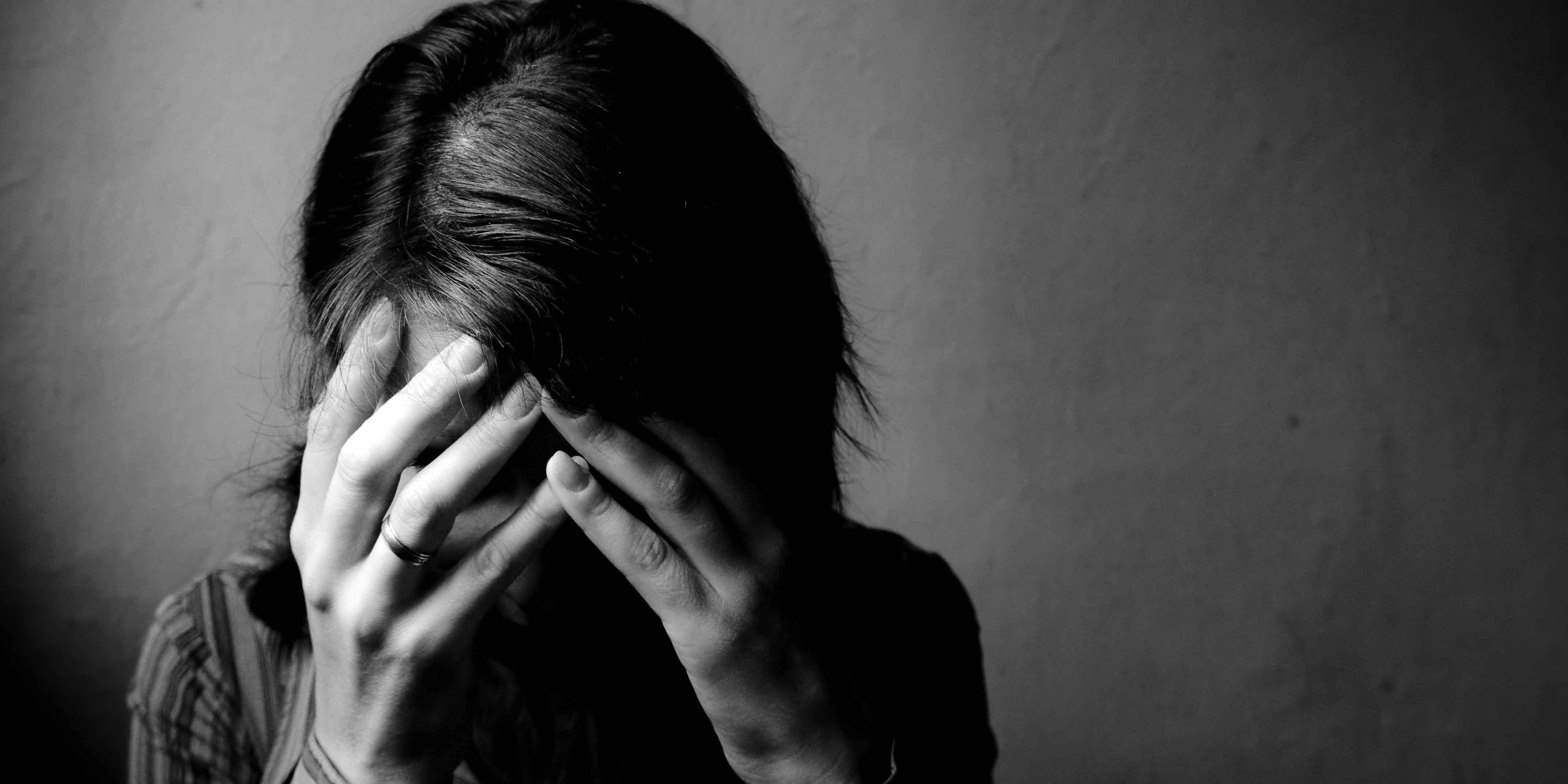Seasonal affective disorder (SAD) is a type of depression that comes and goes with the four seasons, most notably during the cold autumn and winter months, when the days are shorter, darker, and chillier.
Age, gender, distance from the equator (since places farther north and south have shorter days and less sunlight in winter), and a history of depression or other mood disorders are the key risk factors for SAD.
According to studies, “young individuals and women are the most prone to develop SAD, with reported gender differences ranging from 2:1 to 9:1.”
People with SAD can have a variety of symptoms, but the most typically reported ones include weariness with oversleeping, chronically low emotions, and high carbohydrate cravings, which can contribute to excessive weight gain.
SAD can have a significant influence on productivity and daily life since the symptoms, if severe, can prevent people from going out, seeing other people, and engaging in some of the typical activities that they would otherwise do.
So, what should you do if the winter months are depressing you? How do you deal with a lack of drive, feelings of hopelessness, and exhaustion? Here are some suggestions for dealing with SAD.
Let there be light
One of the obvious causes of winter SAD is a lack of exposure to natural light, so it’s not surprising that light therapy, commonly known as “phototherapy,” would be effective in alleviating the symptoms.
Many studies have shown that light therapy is usually helpful in treating this seasonal disease, and you can use one of the many specialised light boxes that are now available on the market for this purpose.
To be successful, however, the light box should produce at least 10,000 lux — 100 times more than a standard lightbulb, implying that a conventional desk lamp will not suffice — and emit white or blue (not yellow) light.
Also, ensure that the light box was designed specifically to treat SAD, depression, and other mood disorders, and that it was not designed for a different reason (such as treating psoriasis or other skin conditions).
Light boxes for skin treatments are a different story, as they emit ultraviolet (UV) B, which is harmful to the retina. Instead, SAD treatment light boxes filter out UVs, making them safe to use.
Simultaneously, you can enhance the good benefits of light therapy by making an extra effort to “hunt down” and utilise natural daylight as much as possible.
You may accomplish this by getting up earlier in the morning and walking outside where the sun is for as long as it lasts, allowing yourself to feel as if you’re drinking in the light and making the most of the entire day.
Eat Right
According to research, people with SAD prefer to eat more carbohydrate-rich foods, particularly sweets and starchy foods. They also have a tendency to overeat during these “seasonal lows,” so it’s critical that they maintain a healthy diet in order to feel more energised.
During the winter months, when we get less and less sunlight, our bodies manufacture insufficient vitamin D. According to research, getting enough vitamin D may help prevent and manage depression.
You could use dietary supplements to ensure you get enough vitamin D during the autumn and winter months. Vitamin D is also available in a variety of foods that are simple to integrate into your everyday diet.
Salmon, for example, is naturally high in D-3, while some studies indicate that wild-caught salmon contains significantly more of the vitamin than farmed salmon.
Eggs are high in the vitamins D-2 and D-3, and mushrooms are high in D-2 as well, though research suggests that we should eat wild mushrooms rather than farmed ones.
Some studies also suggest that persons with mood disorders may be deficient in omega-3 fatty acids, and that supplementing with this nutrient may help to keep symptoms under control.
According to the National Institutes of Health (NIH), some good omega-3 food sources include salmon, herring trout, and mackerel, as well as chia seeds, flaxseed, and soybean.
Furthermore, according to studies published last year in the American Journal of Public Health, fruits and vegetables are the foods of choice for promoting happiness and well-being.
A recent study from February of this year validated the psychological benefits of fruit and vegetable consumption, focusing on the good effect of a “green” diet on young adults – one of the groups most at risk of SAD.
Get Moving
Because exhaustion and lethargy are two of the most common symptoms of SAD, experts recommend that being physically active can provide a boost of energy and improve mood.
An assessment of existing research on SAD and the effects of exercise on it reveals that the disorder’s low moods and other symptoms may be caused by abnormalities in the body’s circadian cycle. The circadian rhythm governs our sleep, eating, and activity patterns in relation to the day-night cycle.
Don’t be lonesome, alright?
On such gloomy, cold days, you may be tempted to stay indoors and hide from the weather and the outside world. Going out may feel impossible if you have more severe SAD symptoms, but if you want to keep the low moods and lethargy at bay, you should try your best to resist these solitary impulses.
A leisurely walk in the great outdoors can improve your happiness and well-being in the same way that modest exercise can.
According to study from the University of British Columbia in Canada, taking one moment each day to notice a feature in your natural surroundings and asking yourself what thoughts it generates can make you feel happier and more sociable.
According to the American Psychological Association, you should stay in touch with friends and family, go out with them, and talk to trusted people about your feelings. Enlisting the assistance of others to keep you active and help you come out of your shell during the cold months may make it easier to manage with the affects of SAD.
A winter-appropriate interest that will keep you busy while also providing enjoyment, such as a DIY project or a winter sport.
Furthermore, remember that there is help available for persons who suffer with SAD. Cognitive behavioural therapy has been shown to be useful in the treatment of this disease, and if you are struggling, a specialist will be able to recommend antidepressants.
If you suffer from SAD, please share your approach to managing the symptoms and making the best of the winter season.










